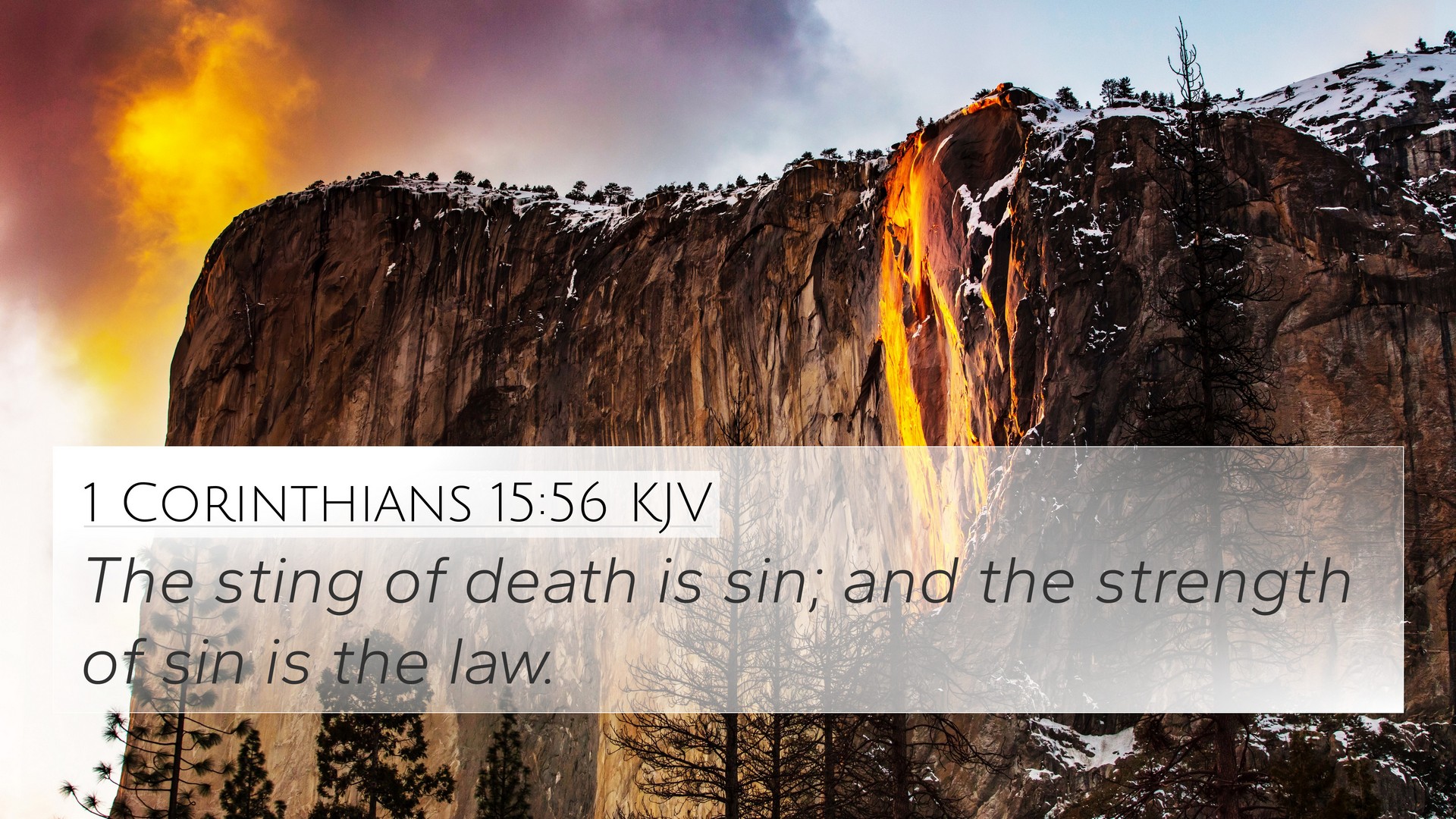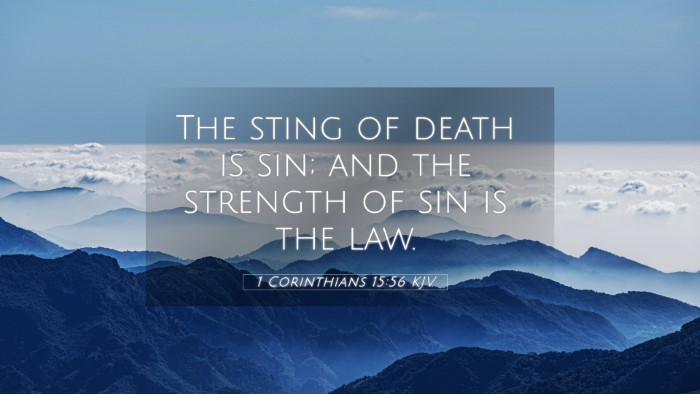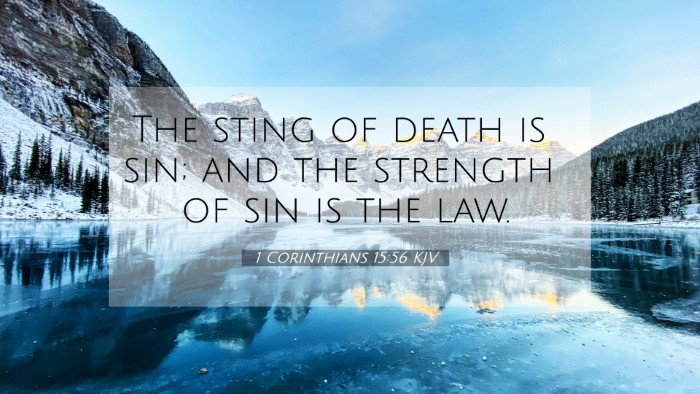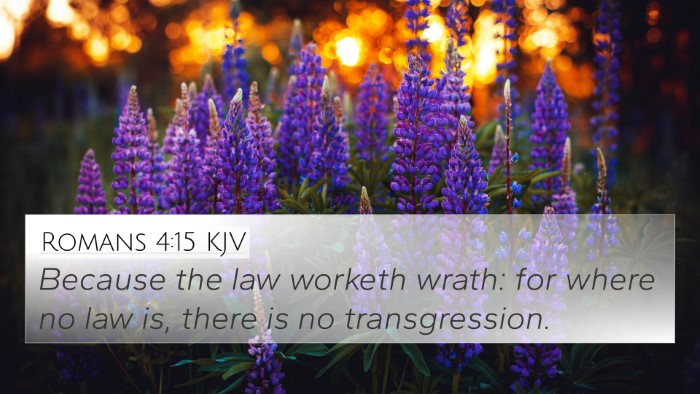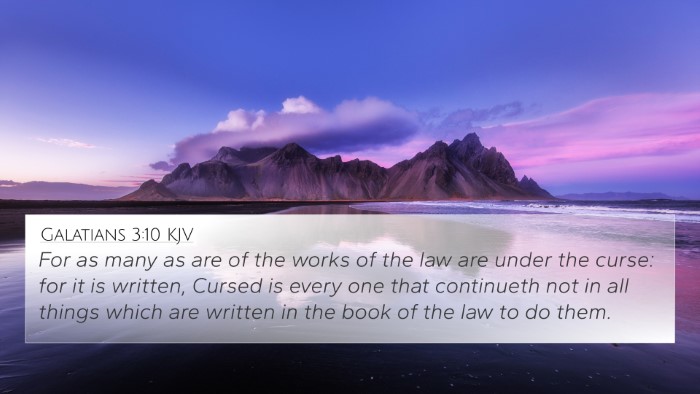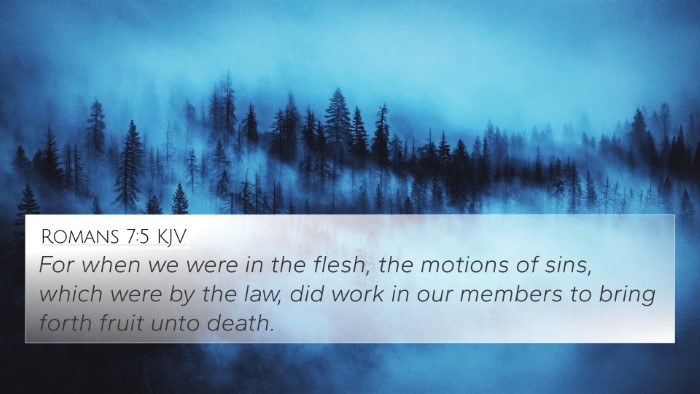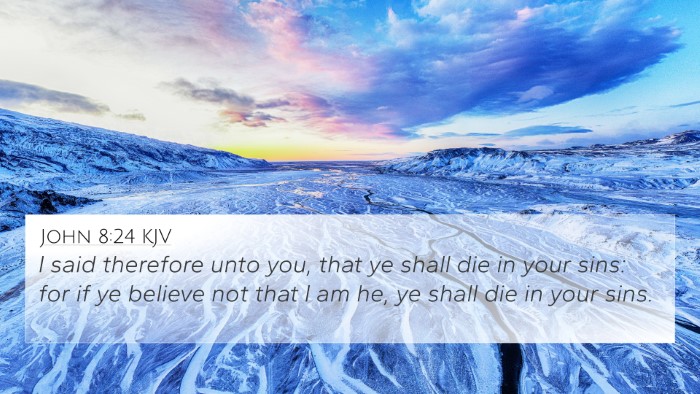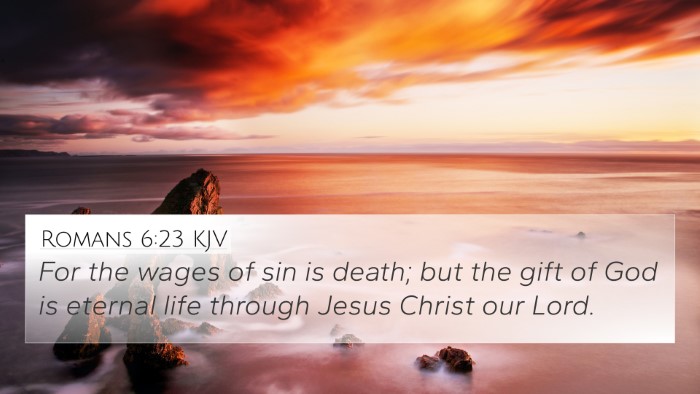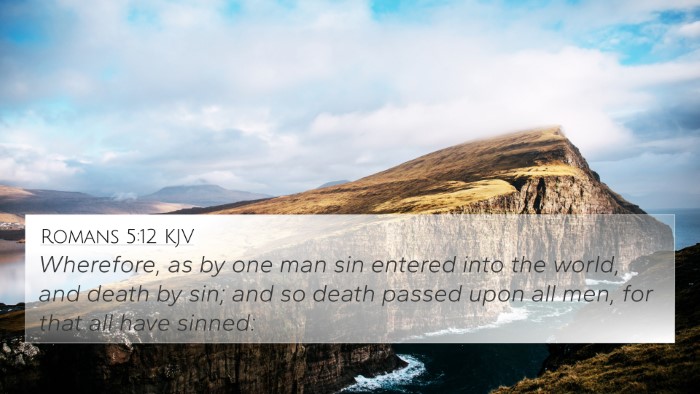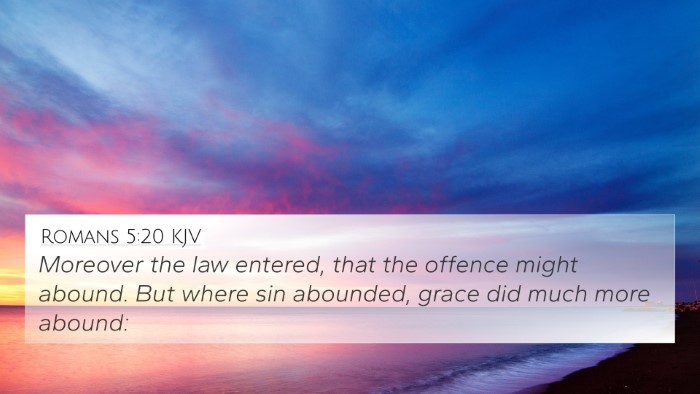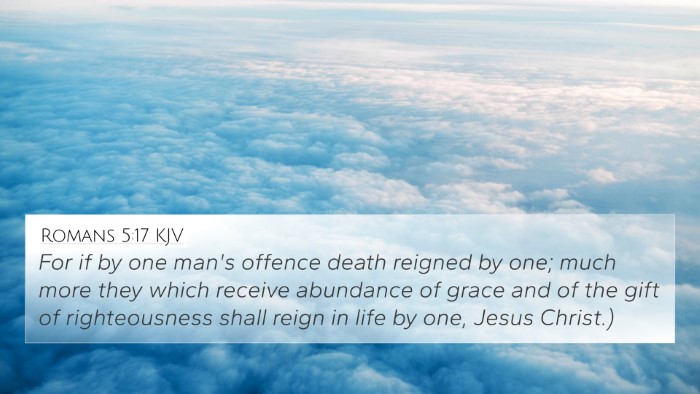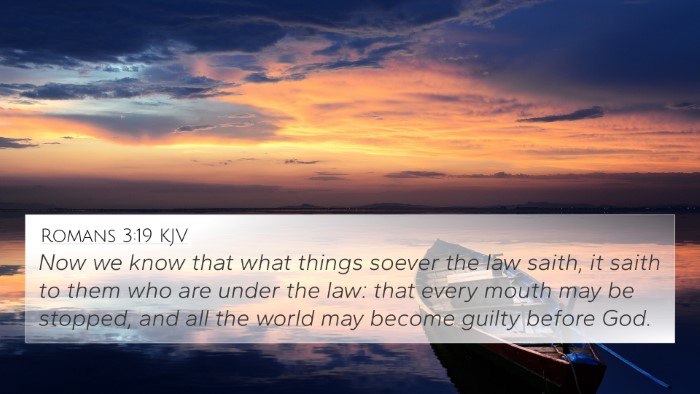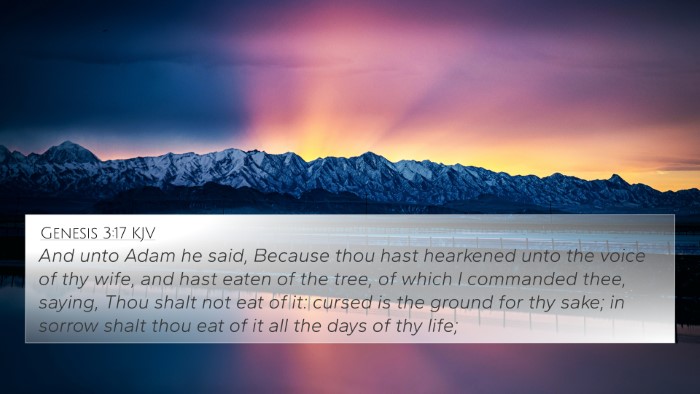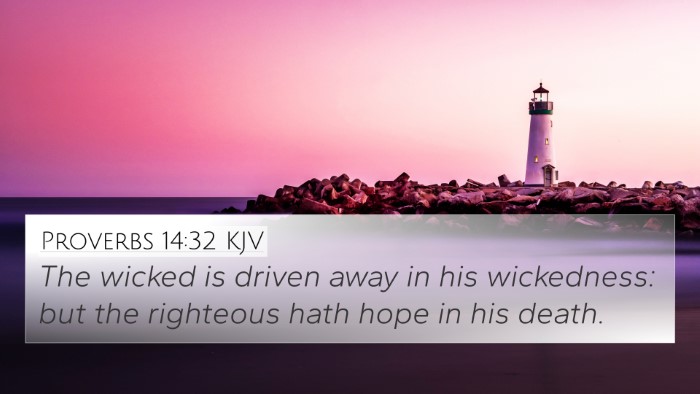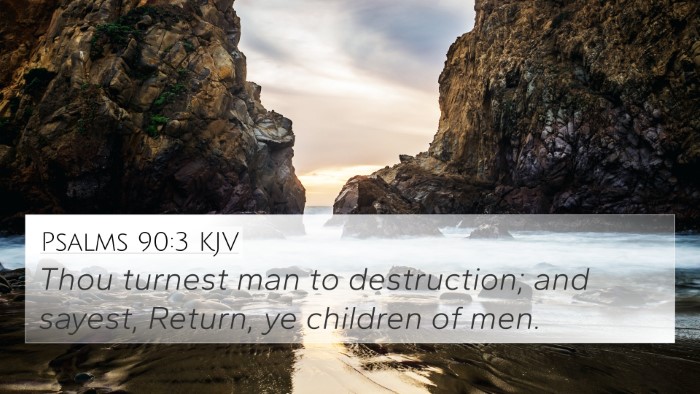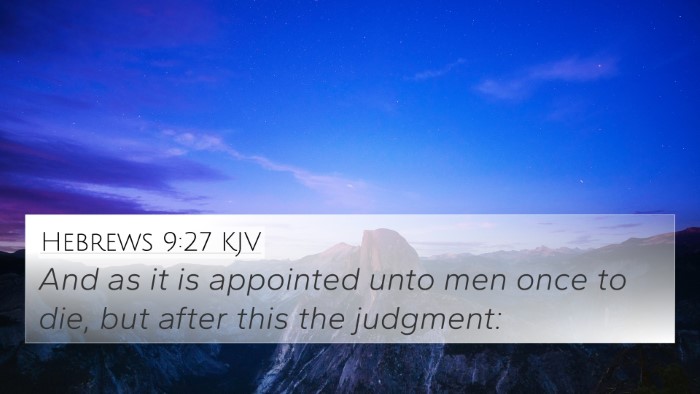Understanding 1 Corinthians 15:56
1 Corinthians 15:56 reads: "The sting of death is sin; and the strength of sin is the law."
This verse is pivotal in explaining the relationship between sin, death, and the law. Below, we provide a detailed explanation woven from insights of noted public domain commentaries.
Verse Analysis
In this passage, Paul raises two central themes: the reality of death and the role of sin and law in it. Matthew Henry emphasizes that death is portrayed as a sting—a painful reality, suggesting that the deepest hurt we experience comes from sin. Without sin, argues Henry, death would not have its painful sting.
Albert Barnes elaborates that sin functions as the catalyst for death's sting. According to Barnes, the law exposes sin, revealing its true nature and heightening mankind's awareness of their guilt. The 'strength of sin' can be understood as the law's capability to define and condemn sin, leading ultimately to spiritual and physical death.
Adam Clarke points out that the law serves as a tutor that informs us of moral shortcomings. Its purpose is not merely punitive but serves to reflect our need for redemption, drawing attention to humanity's universal fallen state.
Key Themes in the Passage
- The Nature of Sin: Sin's role as the source of death's pain.
- The Function of the Law: The law heightens our awareness of sin.
- The Hope in Christ: While this verse underscores death's sting, the context of 1 Corinthians 15 offers hope in resurrection through Christ.
Cross-References for Deeper Understanding
For those exploring Bible verse cross-references related to sin, law, and death, consider the following Biblical texts:
- Romans 6:23: "For the wages of sin is death; but the gift of God is eternal life through Jesus Christ our Lord."
- Romans 7:11: "For sin, taking occasion by the commandment, deceived me, and by it slew me."
- Galatians 3:10: "For as many as are of the works of the law are under the curse: for it is written, Cursed is everyone that continueth not in all things which are written in the book of the law to do them."
- Hebrews 2:14: "Forasmuch then as the children are partakers of flesh and blood, he also himself likewise took part of the same; that through death he might destroy him that had the power of death, that is, the devil."
- James 1:15: "Then when lust hath conceived, it bringeth forth sin: and sin, when it is finished, bringeth forth death."
- 1 John 3:4: "Whosoever committeth sin transgresseth also the law: for sin is the transgression of the law."
- Matthew 5:17: "Think not that I am come to destroy the law, or the prophets: I am not come to destroy, but to fulfill."
Thematic Connections
The passage of 1 Corinthians 15:56 interlinks with broader Biblical themes such as redemption, resurrection, and the role of the law in our spiritual journey. It aids in understanding the theological foundation of salvation and grace found in the New Testament.
Conclusion
1 Corinthians 15:56 serves as a significant reminder of the consequences of sin and the law, while simultaneously pointing towards the hope provided by Christ’s redemptive work. For those engaging in comparative Bible verse analysis, this verse lays the groundwork for understanding the transition from law to grace.
Using tools like a Bible concordance or a Bible cross-reference guide, believers can link verses that tackle similar themes, such as the nature of sin and the grace found in Jesus Christ. Understanding these connections can deepen one's faith and enhance Bible study methodologies.
In summary, 1 Corinthians 15:56 highlights the interplay of death, sin, and the law, urging believers to seek the redemptive hope available through Christ as they navigate scripture through cross-referencing and thematic study.
